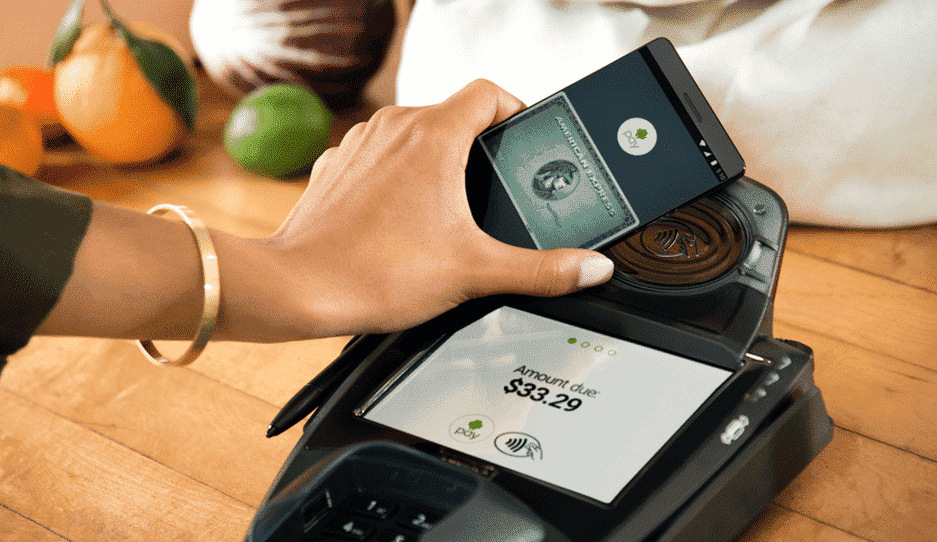If you are one of those people, you are not alone. In fact, a study concluded that only 52% of Americans had tried mobile payments, but only 18% use the method regularly. In this article, we will list the reasons why you should not consider using Android Pay as your primary payment tool.
Security Flaws In The Payment Technology
Hackers can get into anything that connects to the Internet – and that includes Android Pay. With security vulnerabilities routinely exploited on gadgets, Google is not able to squash every vulnerability that pops up on Android Pay. This means at some point hackers might find a window that can steal all your vital payment information. There are some basic routine things you can do about these threats however. Keep a check on your passwords. Keep changing them frequently so that even if hackers get your information, it will not be accurate for very long. Two-factor authentication is also always a welcome move along with shopping on websites that are deemed safe.
Beware Of Phishing Scams!
Phishing scams are constantly spread across the Internet, and they try stealing your information via e-mails, text messages, and other methods of communication. Given the fact that Android Pay can be used for apps and online payments too, there could be some apps that might end up compromising your data. There could also be possible security violations when dealing with banks and credit card companies.
No Biometric Security – Yet
Unlike Apple Pay, Android Pay still lacks biometric security that can also be put on its list of shortcomings. Biometrics adds the necessary layer of security for authenticating your payments, and it also ensures that no one else can use your device to pay.
Availability Of Payment Terminals & Partner Banks
Android Pay requires payment terminals that are still in the nascent stage as not many stores have them yet. It means you cannot rely on Android Pay completely and step out of your home without carrying a credit or debit card. Also, not every bank is associated with Android Pay, which could result in a major setback when processing payments as your preferred bank might not even be on the list.
When Your Device Decides To Shut Down
Gadgets these days are high on RAM and other specs, which drains the battery faster. This is not only limited to Android Pay – it also applies to all mobile wallets as they rely on the device completely. So in the event of a total battery drain, the user can’t really do anything about it. Nevertheless, it makes for another solid reason why you cannot rely on mobile wallets completely.
No Signal, Oh Dear!
To process payments on Android Pay or any other mobile-based payment system, your device needs to be connected to a network. However, there are times when you will face signal issues, which means your payment could just suddenly pause in the middle if your device loses its signal. This is especially a problem for stores located in the basement.
In Conclusion
Android Pay is definitely a strong foot forward for changing the digital payments landscape. However, there are still some shortcomings Google needs to deal with to make using Android Pay secure and convenient. Do you use Android Pay? What have been your experiences with it? Let us know in the comments.




